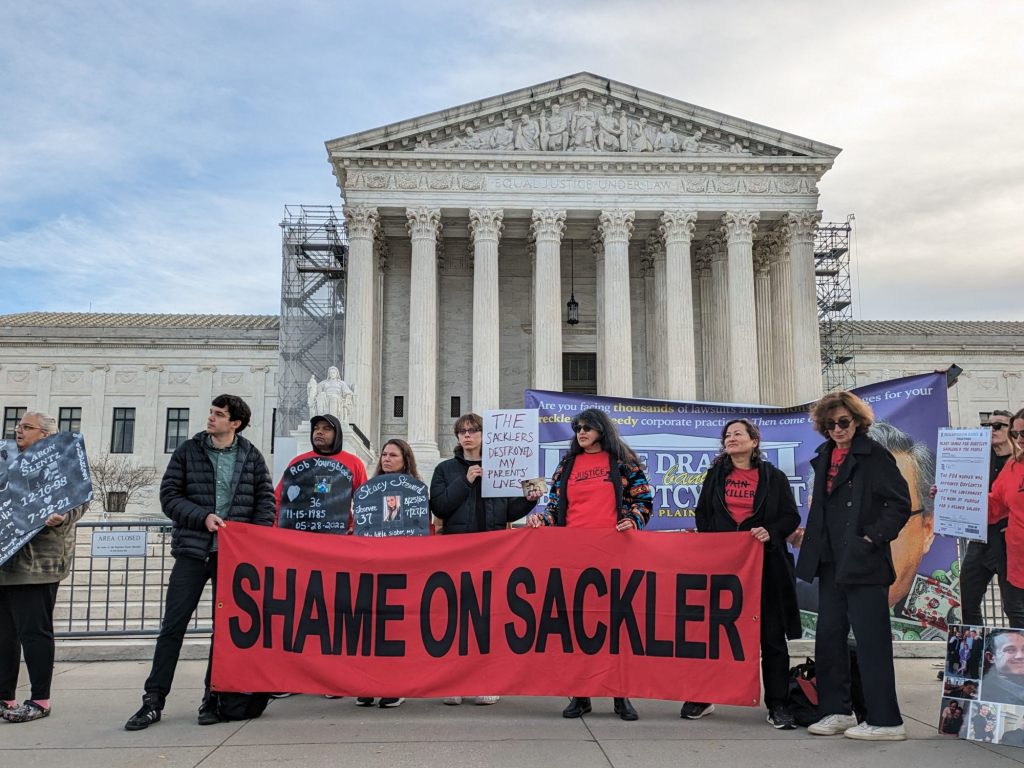This year, about $1.5 billion has landed in state and local government coffers from court settlements made with more than a dozen companies that manufactured, sold, or distributed prescription painkillers and were sued for their role in fueling the opioid crisis.
That money has gone from an emerging funding stream for which people had lofty but uncertain aspirations to a coveted pot of billions of dollars being invested in real time to address addiction.
Altogether, the companies are expected to pay more than $50 billion to state and local governments over nearly two decades.
Meanwhile, more than 100,000 Americans have died of drug overdoses annually in recent years, underscoring the urgent nature of the crisis.
KFF Health News has been tracking the funds all year and covering the windfall’s mixed impact in communities across the country. Here are five things we’ve noticed in 2023 and plan to keep an eye on next year:
1. The total amount of settlement money state and local governments expect to receive is a moving target.
Before the start of the year, national settlements were in place with at least five companies, and several other deals were in the final stages, said Christine Minhee, founder of OpioidSettlementTracker.com.
Today, most states are participating in settlements with opioid manufacturers Johnson & Johnson, Teva Pharmaceutical Industries, and Allergan; pharmaceutical distributors AmerisourceBergen, Cardinal Health, and McKesson; and retail pharmacies Walmart, Walgreens, and CVS. Many are also settling with the national supermarket chain Kroger.
Several of these deals began paying out in the second half of this year, leading to bumps in states’ opioid settlement pots.
But there have been dents and slowdowns too.
Mallinckrodt Pharmaceuticals, a manufacturer of generic opioids, originally agreed to pay $1.7 billion as a result of its 2020 bankruptcy filing to state and local…
Read the full article here







